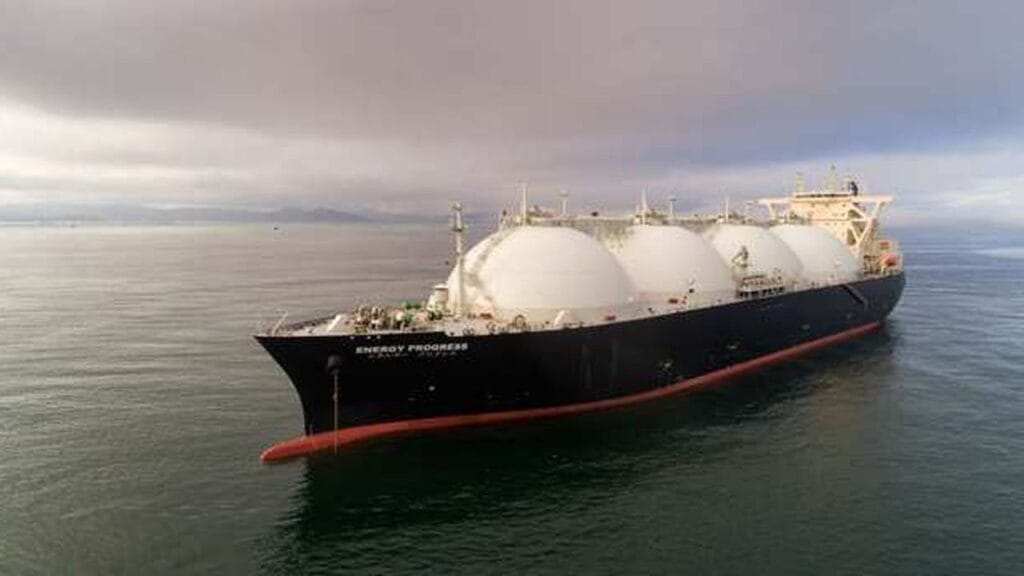Morocco is preparing to take a new step in its energy strategy. Starting this week, a call for expressions of interest will be launched for the construction of a floating liquefied natural gas (LNG) terminal off the coast of Nador, on the Mediterranean coast. The announcement was made on Monday, April 21, by the Minister of Energy Transition, Leïla Benali, during an address to Parliament, according to Reuters.
This project marks the kickoff of the first phase of the gas infrastructure planned in Nador. The terminal will take the form of a floating storage and regasification unit (FSRU), integrated into the future deep-water port Nador West Med, which is currently under construction. It will be directly connected to an already operational gas pipeline, which currently allows the transportation of about 500 million cubic meters of gas per year from Spain.
Ultimately, the LNG processed in this unit will supply the industrial areas near the cities of Kenitra and Mohammédia, although the precise modalities of this distribution have not yet been disclosed.
This strategic project is part of a clear intention to diversify the Kingdom’s energy sources. The goal is to gradually reduce dependence on coal while consolidating the role of renewable energies. These currently represent 45% of the national installed capacity, a figure expected to rise to 52% by 2030.
The ministry also anticipates a dramatic increase in natural gas needs: from 1 billion cubic meters currently, national consumption is expected to reach 8 billion cubic meters per year by 2027.
In the same vein, the National Office of Electricity and Drinking Water (ONEE) adopted an ambitious development program on Monday covering the period 2025–2030. It plans to add 15 gigawatts (GW) of electrical capacity, of which 13 GW will come from renewable sources, for a total estimated investment of 120 billion dirhams, or nearly 13 billion dollars. Currently, the capacity of Morocco’s renewable energy sector stands at 5.5 GW.


